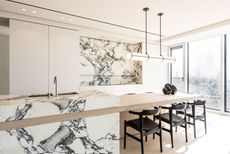5 entryway seating ideas designers use to make a home's entrance look amazing, and the 'dated' thing they'll never do
The entryway seating that interior designers love, and the one idea they always avoid
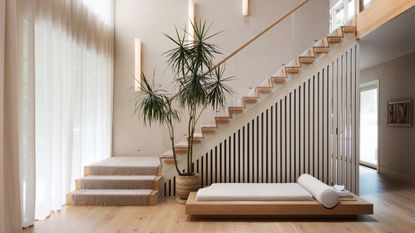
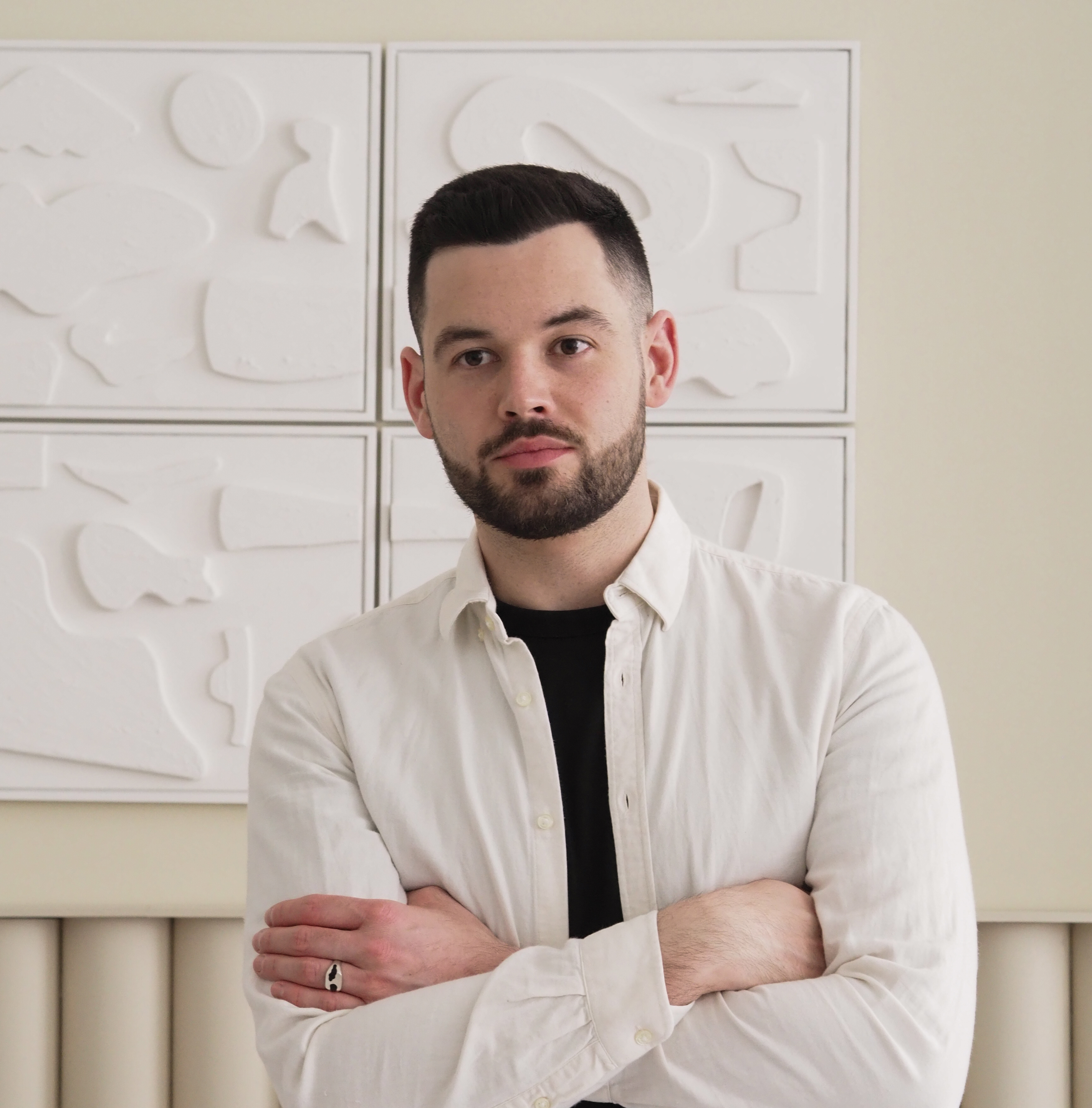
Whether your home's got a small entrance, or you have a larger space to play with, introducing entryway seating is a way to make this area more of a 'room'. However, we're seeing designers go beyond simple benches to sit on to put your shoes on in entryways, rather seeing concepts that make entryways into space people like to linger in and enjoy.
These entryway ideas are looking to eschew some of the clichés that come with decorating a home's entrance. 'A cliché entryway would have a console table flanked by a pair of heavy chairs and a pair of sconces hung over them,' says Mia Jung, Director of Interiors for Kligerman Architecture & Design. 'They can veer toward looking too formal and uninteresting.'
But what are designers doing instead? Here are 5 seating ideas that feel fresh and different, to inspire your own entryway design.
1. Use accent chairs
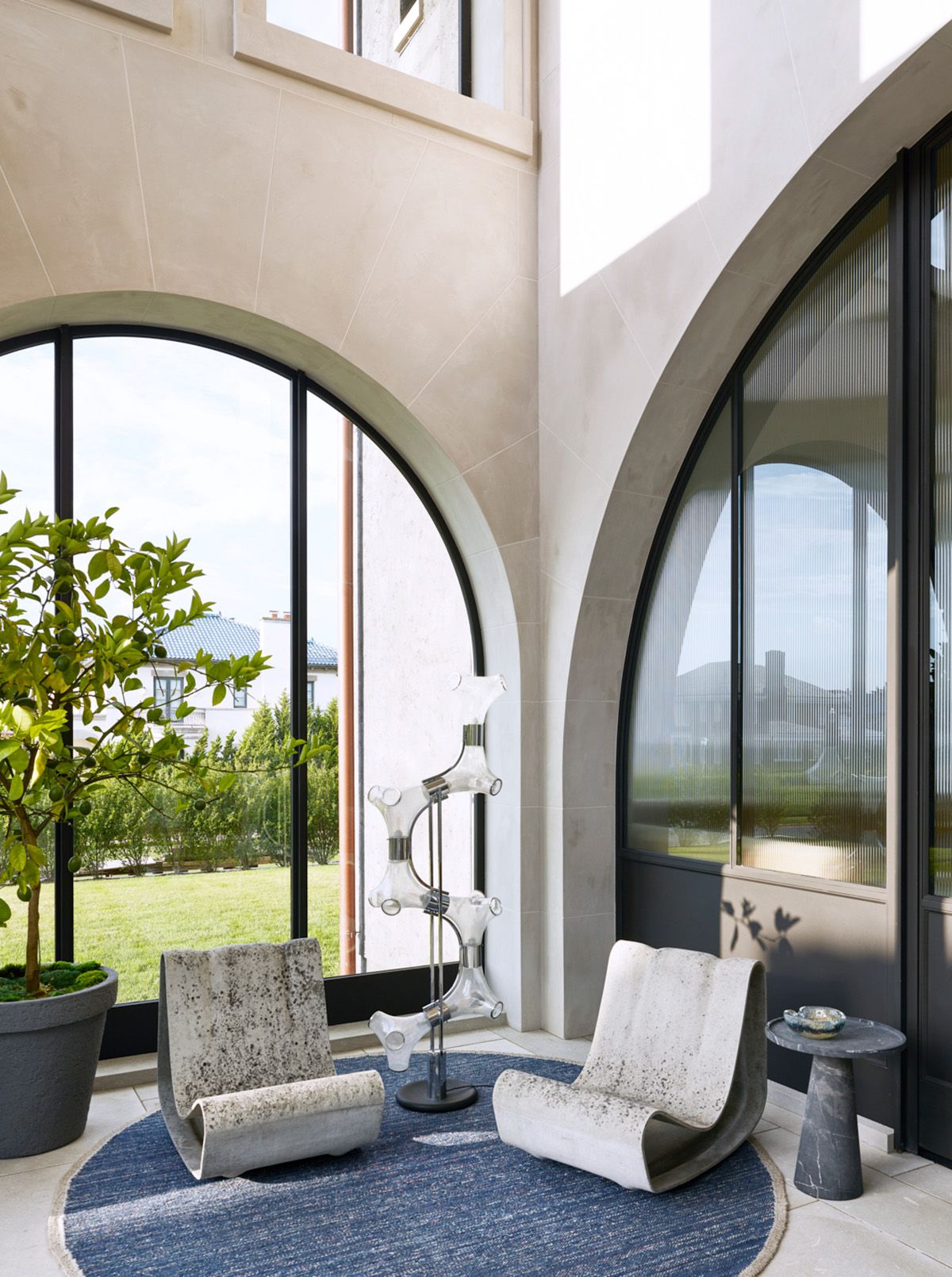
An accent chair, or even a pair of chairs, is not only an easy way to make an entryway feel cozier, but also sets the tone for the rest of your home, if you pick the right design.
In this modern home, designed by Ike Baker Velten Architects in collaboration with Kligerman Architecture & Design, contemporary sculptural choices foretell the design choices made throughout the house.
'The architect John found the two concrete chairs at an auction and thought they would work well in the entryway paired with the light fixture,' says Mia Jung, Director of Interiors for Kligerman Architecture & Design. 'The clients use this seating area frequently, typically sitting to enjoy the view from the large windows. The stone table was originally purchased for a different room, but the client moved it next to the stairs to hold her drink. The tree softens the hard lines and adds life to the entryway,' she adds.
2. Use poufs for compact spaces
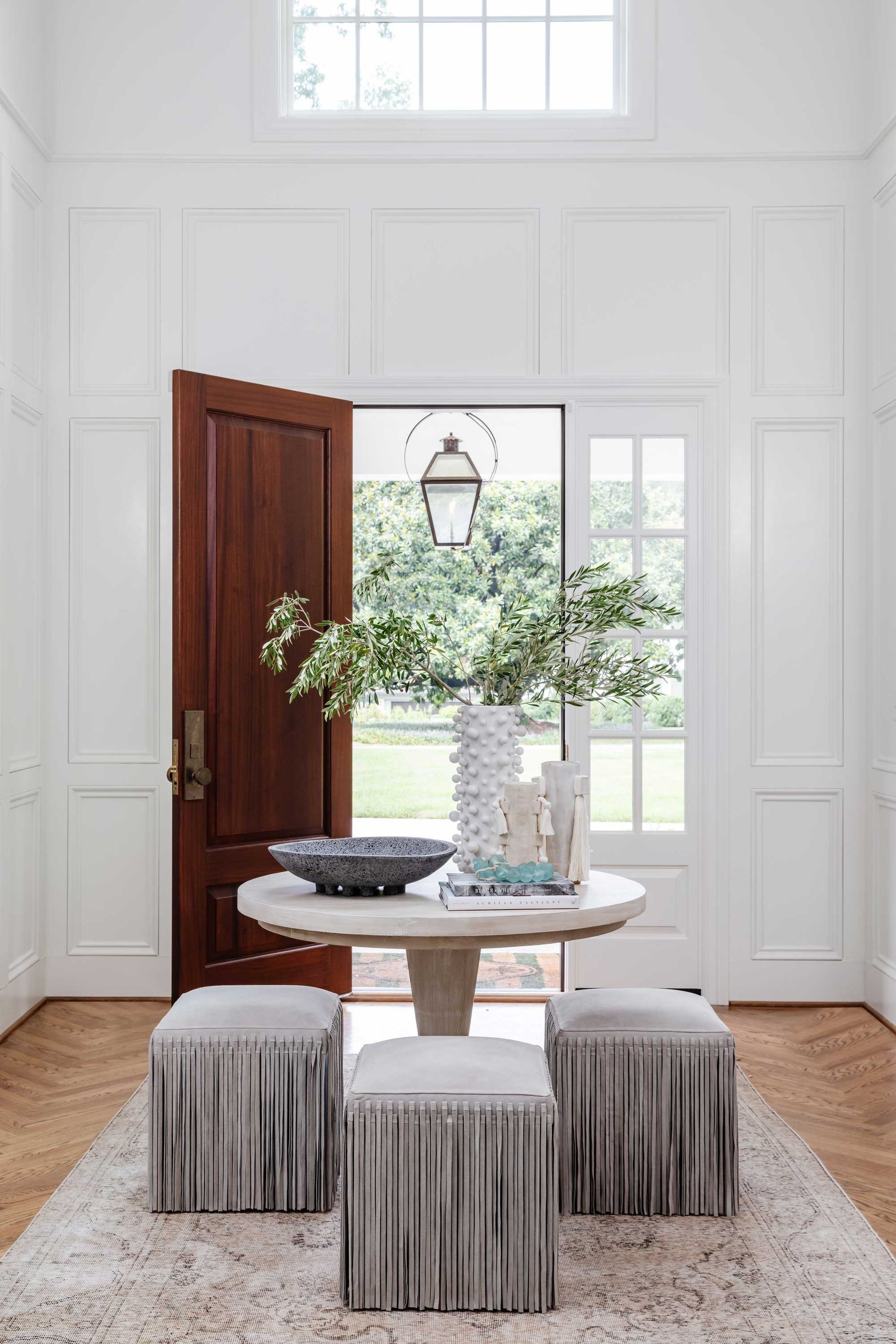
If space is in short supply, poufs are a great choice, especially when combined with your console table. 'We love using stools under an entry table to help ground the space - especially when using a lofty pedestal table,' says Berkeley Minkhorst and Kelley Lentini, co-founders of interior design studio House of Nomad.
Poufs have become a big entryway trend as a way to add an extra level of detail to this space. 'By adding a layer below the table you are adding another interest and texture to the overall look which results in a more dynamic design,' Berkeley adds. 'Another bonus - they are functional! You can easily pull them into another space for additional seating as needed.'
3. Squeeze in a sofa
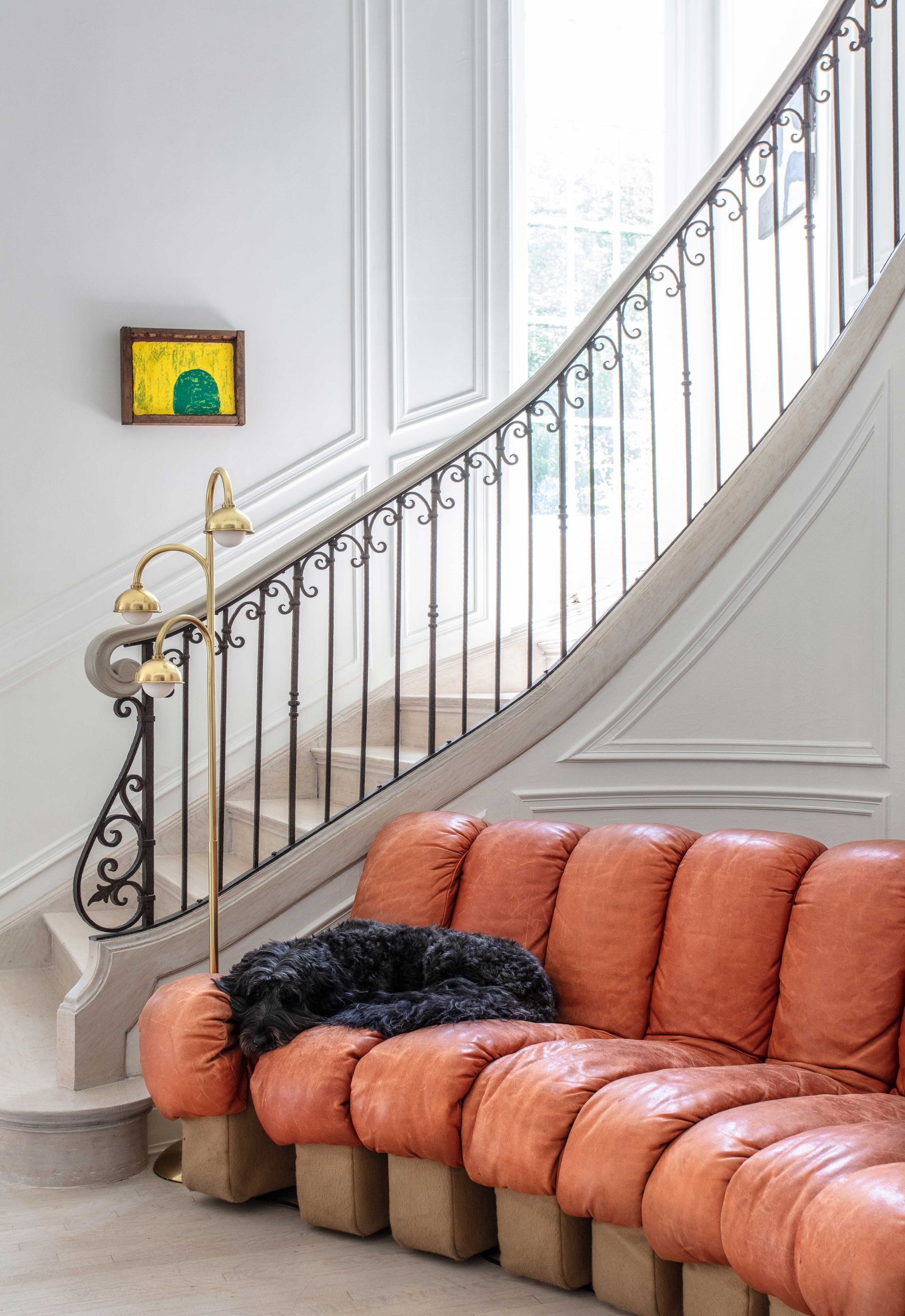
If you've got the room, the right couch can look amazing in an entryway, especially if you choose a design that works well with your floorplan and complements the dimensions of the space.
That may be a small loveseat tucked into a niche that's a perfect spot to take a minute to yourself, or in the case of this home design by Brigette Romanek, a curved sofa that echoes the shape of the staircase that makes total sense for the space. A sofa gives your entryway a real chance of being a space that people actually choose to sit in and use - just make sure it doesn't end up a dumping ground for coats and other clutter.
4. Build in seating
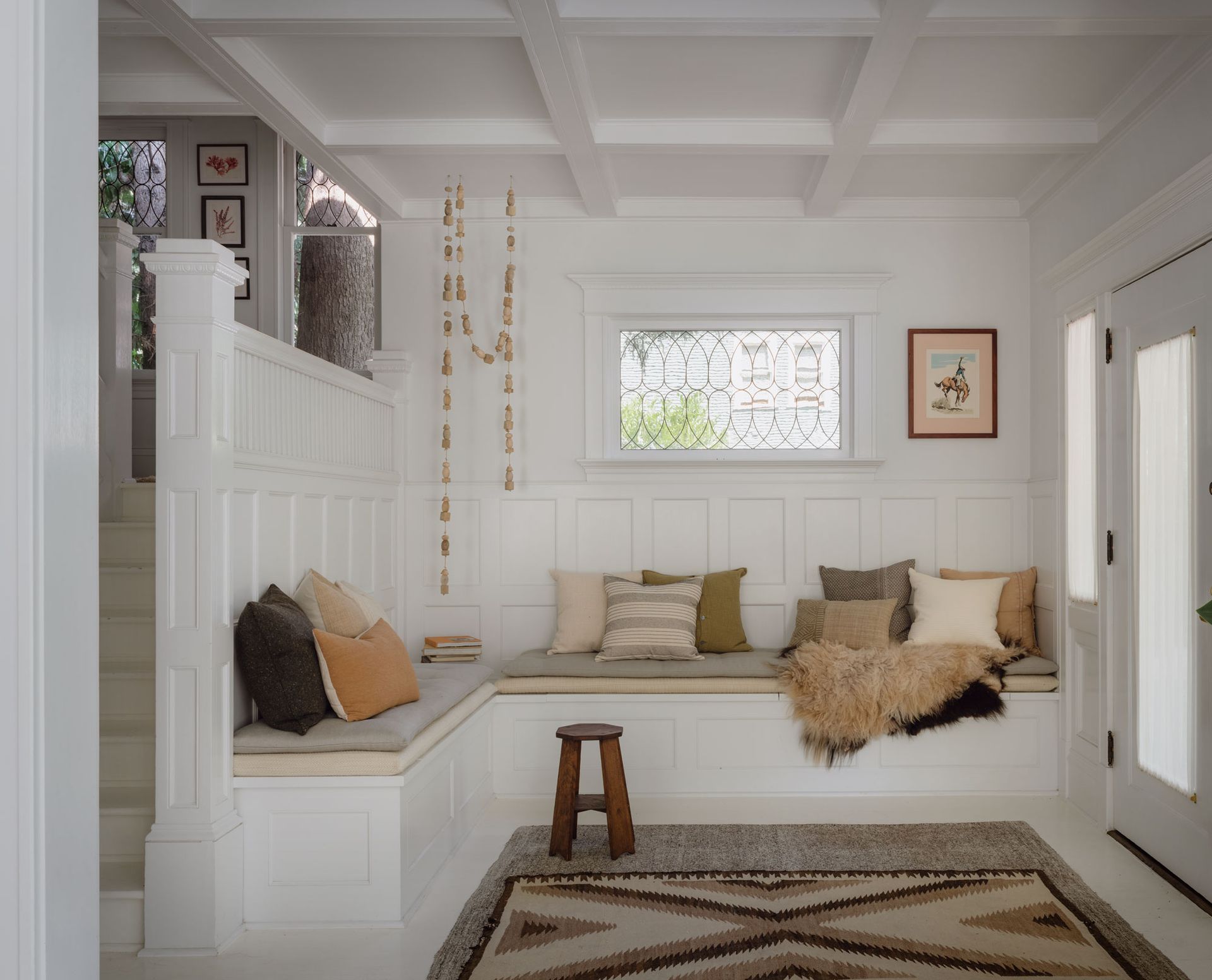
Built-in seating is a great way to make the most of a small entryway, but let's be honest - it isn't always the most comfortable seat in the house. However, a few simple additions, as interior designer Lisa Staton did in the entryway to this Seattle home's entryway, can make these spaces much cozier and more welcoming.
'It was all about layering textures and textiles,' Lisa tells us. 'With vintage rugs and pillows and a custom seat cushion with brass buttons, we wanted to create a space that said "come on in and put your feet up and stay a while".'
5. Consider a daybed
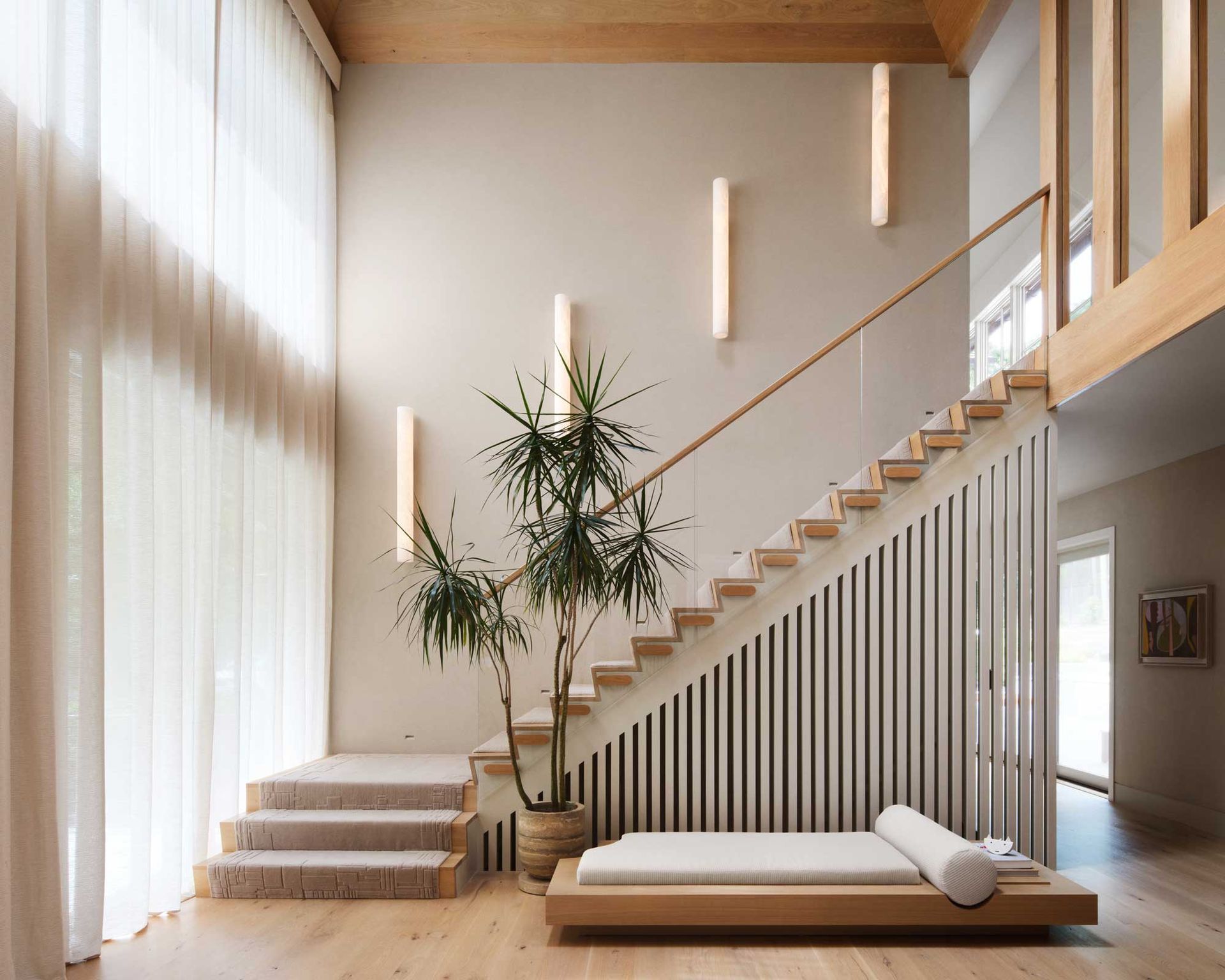
Can you imagine reclining on a daybed in your entryway? Whether or not you can, sometimes, decor in your entryway is more just about setting the tone about the home you've just walked into.
In this home created by architect Timothy Godbold, the entryway is a beautifully light and inspiring space if you did want to use the daybed, but it offers more than just its function to the design. 'The daybed is used more as a piece of sculpture, a vessel to demonstrate the scale of the space by its low-slung height,' Timothy tells us. 'Its main directive is to give the person who is walking through the front door an exact image of what the house is about to unfold to the eye. It’s an extremely important piece of furniture.'

Price: $499
Size: 72"L x 27"W x 11"H

Price: $298
Color: Sage

Price: $130
Size: 2"H x 24"W x 41"D
Be The First To Know
The Livingetc newsletter is your shortcut to the now and the next in home design. Subscribe today to receive a stunning free 200-page book of the best homes from around the world.

Luke Arthur Wells is a freelance design writer, award-winning interiors blogger and stylist, known for neutral, textural spaces with a luxury twist. He's worked with some of the UK's top design brands, counting the likes of Tom Dixon Studio as regular collaborators and his work has been featured in print and online in publications ranging from Domino Magazine to The Sunday Times. He's a hands-on type of interiors expert too, contributing practical renovation advice and DIY tutorials to a number of magazines, as well as to his own readers and followers via his blog and social media. He might currently be renovating a small Victorian house in England, but he dreams of light, spacious, neutral homes on the West Coast.
-
 7 Ways Expert Organizers Reduce Visual Clutter in the Kitchen — 'They're Virtually Effortless!'
7 Ways Expert Organizers Reduce Visual Clutter in the Kitchen — 'They're Virtually Effortless!'Follow these expert tips to reduce the cluttered look in your kitchen and create a visually harmonious space perfect for hosting
By Imogen Williams Published
-
 The 12 Best Table Lamps for Reading —I'm a Certified Bookworm (and Shopping Expert)
The 12 Best Table Lamps for Reading —I'm a Certified Bookworm (and Shopping Expert)When it comes to table lamps for reading, I don't mess around. If you're the same, this edit is for YOU (and your books, or course — and good recommendations?)
By Brigid Kennedy Published
